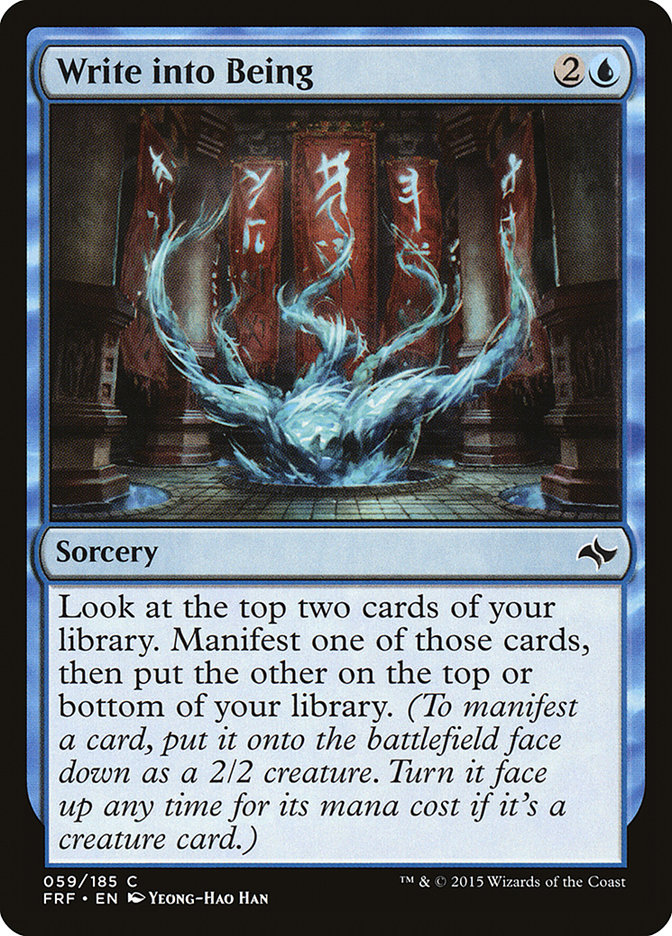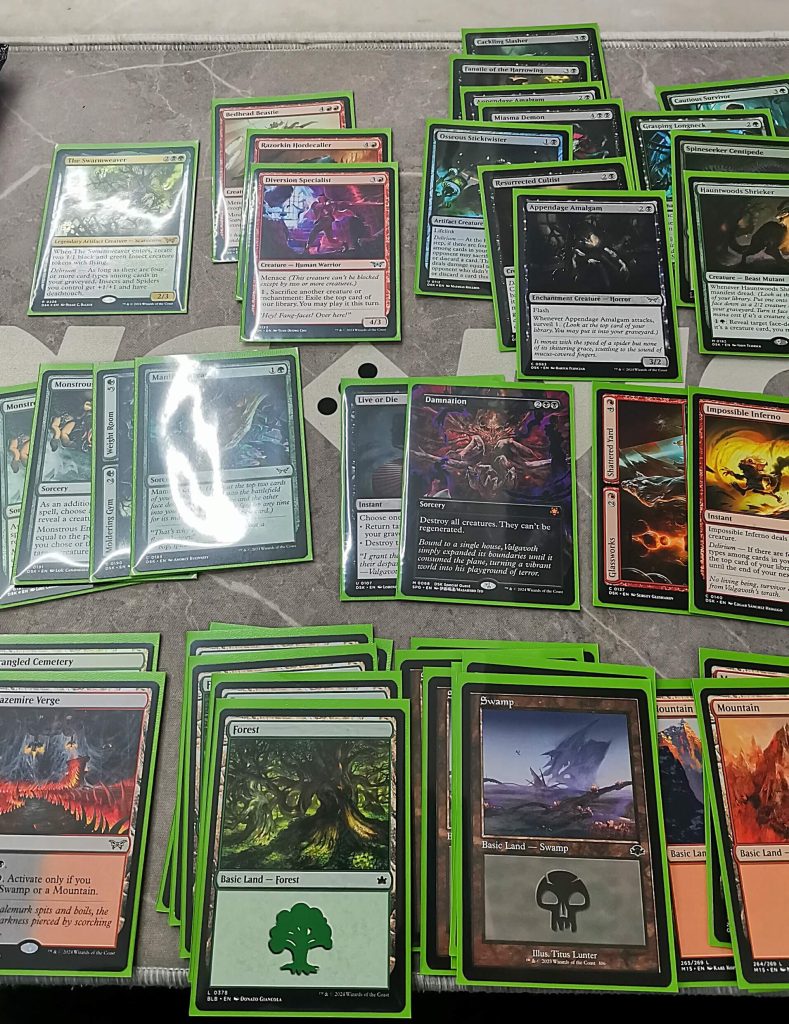
From a judge’s perspective, a well-written and properly prepared decklist in Magic: The Gathering is more than just a formality—it’s a vital part of tournament integrity and player organization. A clear and accurate list ensures fair play, prevents confusion, and helps avoid unnecessary penalties or disputes during events.
Whether a player is submitting a decklist for a local Friday Night Magic or a high-level competitive tournament, the same principles apply: the list must be precise, readable, and consistent from start to finish.
First and foremost, accuracy is everything. Every card on your list must be clearly identifiable by its full English name, and you must specify the exact number of copies you’re playing. Abbreviations, nicknames, or partial names (like “Bolt” for Lightning Bolt) can lead to confusion and possible penalties if the intent isn’t clear. If a card has multiple printings or versions, always use the official card name without worrying about the set code or collector number—unless the tournament specifically requires it for special formats. Double-check that your main deck and sideboard match the tournament’s rules for size and composition—usually 60 cards minimum in the main deck and up to 15 in the sideboard.
Second, organization and legibility matter just as much as accuracy. Tournament staff and judges must be able to read your list quickly and without ambiguity. Write or type neatly, group cards by type (creature, instant, sorcery, etc.), and list them alphabetically within each category if possible. This not only makes it easier for judges to verify but also helps you spot errors when cross-checking. Avoid crossing out or rewriting cards on the same line—if you make a mistake, start a new list or a new section. Clean formatting can prevent disputes later if a judge needs to confirm what you intended to play.

Third, always verify your deck against your list before the event begins. Physically sort your cards and match them line by line with the decklist. It’s common for players to accidentally register the wrong card count, forget a sideboard card, or write down the wrong version of a land. A single mismatch between your deck and your submitted list can lead to game losses or disqualifications in competitive events. Take five extra minutes to confirm every detail; it’s time well spent.

Finally, keep a personal copy of your decklist and treat it as a living document. This helps you make consistent changes between tournaments and track what versions or sideboard plans you’ve tried. Whether you maintain it digitally or on paper, a good decklist is both a record and a tool for improvement. By following these best practices—accuracy, legibility, verification, and documentation—you not only uphold tournament integrity but also build stronger habits as a competitive player.
A decklist isn’t just paperwork—it’s a reflection of your precision, discipline, and respect for the game. Thanks for reading.
